

In the last year or so, the local competitive experience has seen a renaissance unlike any other. Rather than outfit games with options (online or local) when it comes to multiplayer play, some developers have decided to forgo the hit-or-miss nature of online and keep things simple by sticking to the couch. Some games have found that to be the key to success, while others have struggled with those inherent limitations.
In Sportsfriends‘ case, the decision to recapture the magic of a local multiplayer experience renders mostly positive results. Each of the title’s four separate “sports” are different enough from each other to make the overall package feel unique, and the moment-to-moment entertainment that comes from its local multiplayer is strong enough to keep Sportsfriends out of the one-and-done category. To put it more plainly, Sportsfriends proves that local multiplayer can still work, even if it may require a little developer ingenuity.
While some may write off Sportsfriends‘ based purely on its title, it’s important to point out that each of the game’s four offerings, which support anywhere from two to four players, are not truly “sports.” It’s true the games are built around a scoring mechanic, and usually involve some type of ball, but they do not require the skill or precision that is expected of a FIFA or Madden player. Rather, Sportsfriends‘ is an experience that is easy to pick up and have fun with instantly and with little instruction.
‘Johann Sebastian Joust’ is the game most will be familiar with, as it was originally developed as a solo title before being folded into the Sportsfriends package. ‘JSJ’ is also the most unique of the four games in that it requires physical rather than virtual interaction. Players hold their Move, DualShock 3, or DualShock 4 controller as steady as possible while at the same time trying to disturb the controller of their opponents. It’s easily the most unique use of a controller’s accelerometer seen in quite some time, but the game’s spatial limitations will likely be its downfall.
In larger spaces, ‘Johann Sebastian Joust’ is like a more interactive version of Tag with up to 7 players (4 on PS4), but in smaller rooms it loses its luster. For that matter, the game requires a particular type of gamer, someone who is willing to get up and jostle with other players. It’s for that reason that ‘Johann Sebastian Joust’ gets the most mixed review out of any of the four games. It’s fun when the circumstances are right, but getting them right isn’t easy.
Where ‘Joust’ is the most unique, ‘BariBariBall’ is the most familiar. Single players, or teams of two, try to drop a large white ball to the bottom of a floating court, while also managing a limited number of jumps. Get the ball into the water close enough to score and you may not have enough jumps to get out and therefore you’ll end up losing a point, or drop the ball too early and you end up leaving the ball vulnerable for the other team to pull it back out.
It’s that risk/reward system, combined with the other players’ ability to kick or punch the ball free from opponents, which makes for a chaotic chess game where controlling the ball isn’t always an advantage. Some players will find success with offense, while others will choose to lay back and swoop in to save the ball at the last minute. Both strategies are viable, and the mechanics of the game support either with easy to understand mechanics and a really clever and addictive base concept. In a way, ‘BariBariBall’ is like a combination of basketball and Super Smash Bros., making it the perfect showpiece for the entire Sportsfriends package.
Then there’s ‘Super Pole Riders,’ which takes the concept of control and throws it out the window. Players, again as a team of two or 1v1, try to launch themselves, via pole vault, up to a dangling ball attached to a single zip line in the hopes of directing it towards their goal. Of course, that’s easier said than done because vaulting oneself up toward the ball is controlled solely on the right stick. It’s a mechanic that’s hard to explain but the basics of it involve controlling the pole as if it were the hand on the joystick’s “clock,” where moving the stick in a full revolution launches the player forward.
Like ‘BariBariBall,’ the end goal of ‘Super Pole Riders’ is getting a ball into a “goal” to score points, but the fun actually comes from the moments in between scoring. Trying to launch your character into the air and kick the ball forward, all while the other team is trying to do the same, makes for some tense back and forth situations. Not to mention there’s a second kicking option that can knock players off their pole and forces them to respawn. ‘Super Pole Riders’ takes the unpredictable nature of video game physics and creates a score-based experience out of it — one that, personally, makes it the best game out of the bunch.
And finally, there’s ‘Hokra.’ ‘Hokra’ is the 8-bit cousin of ‘Super Pole Riders’ and ‘BariBariBall’ with players once again trying to control and score using a “ball,” but in this case players are represented by tiny pixelated squares. Teams of two (no 1v1 option here) are trying to keep the ball in their zone as it fills pixel by pixel. However, filling up the zone isn’t as easy when the opposing team is trying to knock the ball loose and take it into their zones.
Unlike the other three games, ‘Hokra’ is a little more technical in its execution and basic in terms of its concept, and therefore may be only good for a few matches before it runs its course. Where the other games’ mechanics are what adds to their replayability, ‘Hokra’s gameplay feels the most like a one trick pony. There’s little nuance to it beyond developing clever dodge tactics to avoid giving up the ball or using the pass mechanic to keep the momentum in your favor, to the point that those with the most experience in ‘Hokra’ usually end up winning every match.
And that’s where Sportsfriends is the most successful: in its ability to provide exciting matches to novice and veteran players alike. Sure, the beautiful design of the game, which is bursting full of vibrant pastel colors, is an attention-grabber, but Sportsfriends lives and dies with its individual sports. Admittedly, there will be some who write Sportsfriends off completely due to the lack of online multiplayer, and that’s a fair criticism of the game. Die Gute Fabrik is pursuing a very particular subset of gamers here, and leaving the rest out in the cold.
However, those who can get three or more friends together for a lengthy Sportsfriends play session will come away feeling like they did back when local multiplayer was an endless addiction fueled by caffeine and heated arguments. Some of the games are more successful in delivering that feeling, or in generating excitement, than others, but as a whole the collection works more often than not. Get a group of friends together – even those who might not be particularly adept at video games – and you’ll likely have a good time.
Sportsfriends is available now for PS3 and PS4 with Cross-Buy and is headed to the PC in the near future. Game Rant was provided a PlayStation code for this review.
______
Follow Anthony on Twitter @ANTaormina.

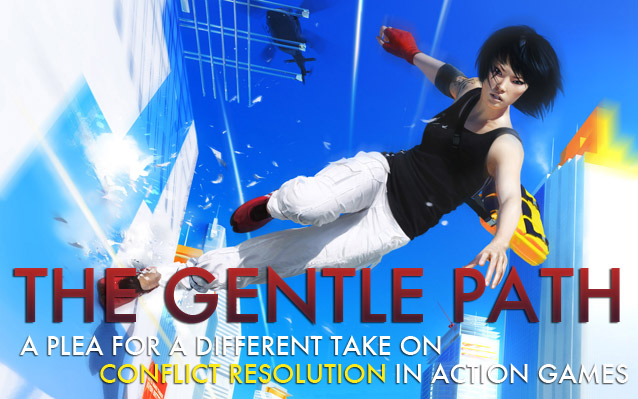
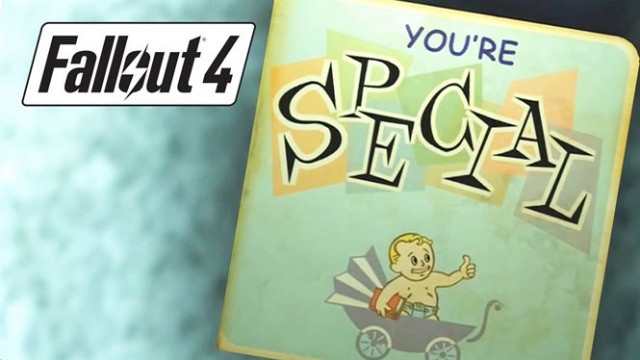
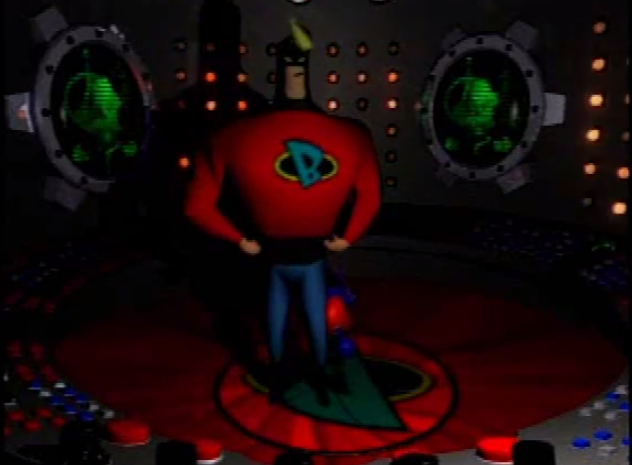
 PES 2015: Ten Worst Players in the game
PES 2015: Ten Worst Players in the game Top 25 Best Horror Games of All Time
Top 25 Best Horror Games of All Time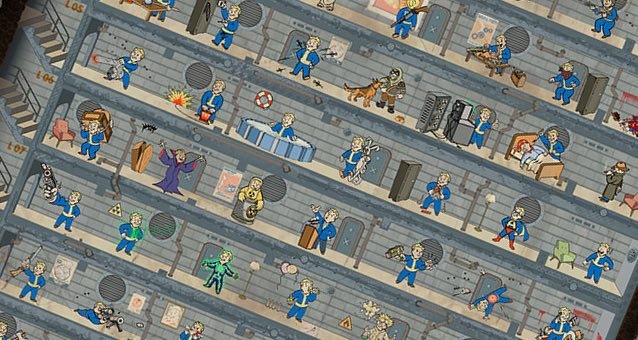 Fallout 4 Guide: How to Create Your Character
Fallout 4 Guide: How to Create Your Character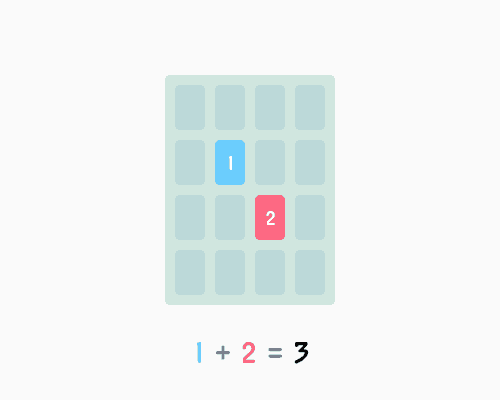 Fun With Numbers: 6 Best Single-Player Games For Mental Math
Fun With Numbers: 6 Best Single-Player Games For Mental Math Metal Gear Solid: Peace Walker PSP Walkthrough and Cheats
Metal Gear Solid: Peace Walker PSP Walkthrough and Cheats